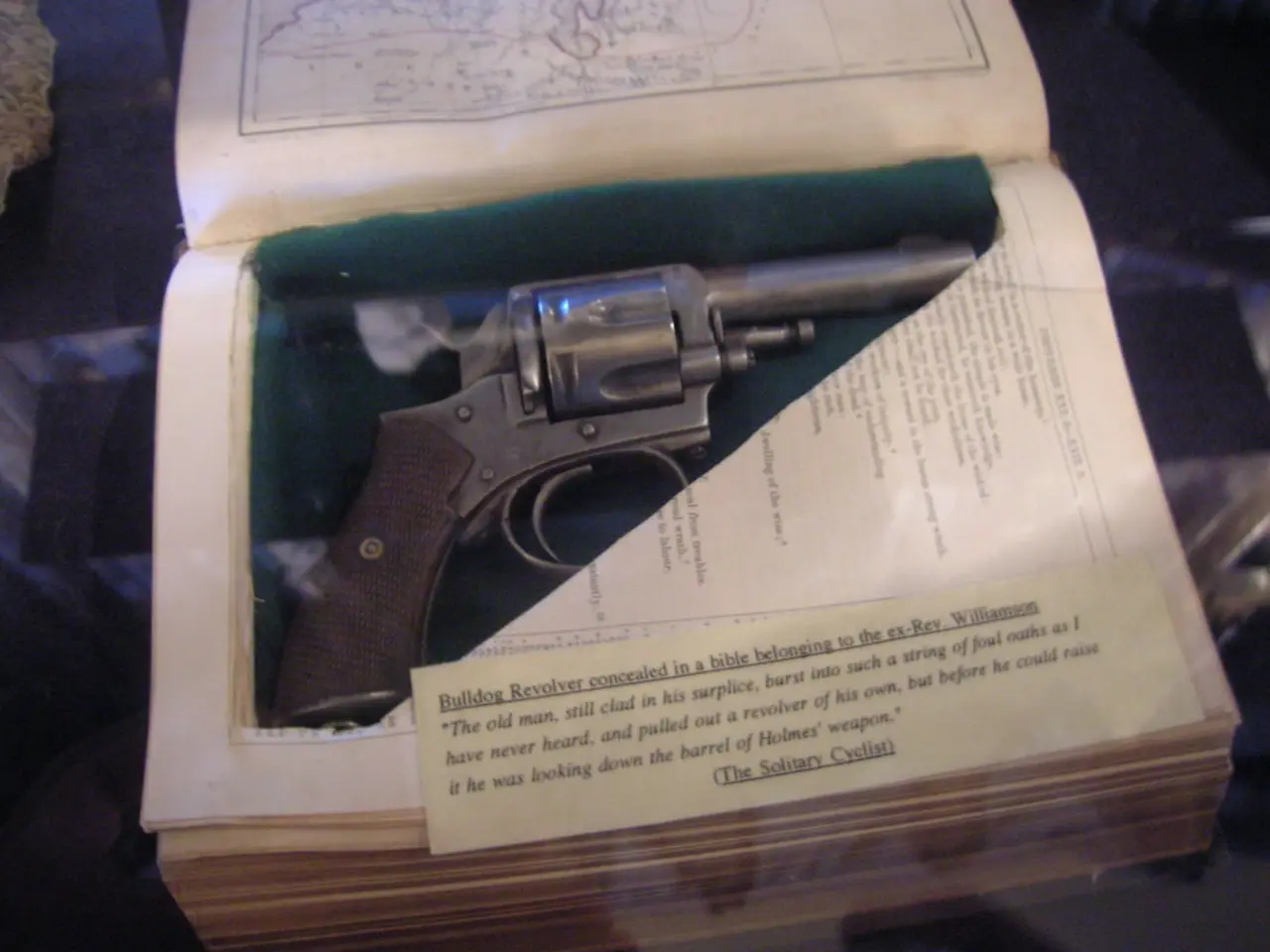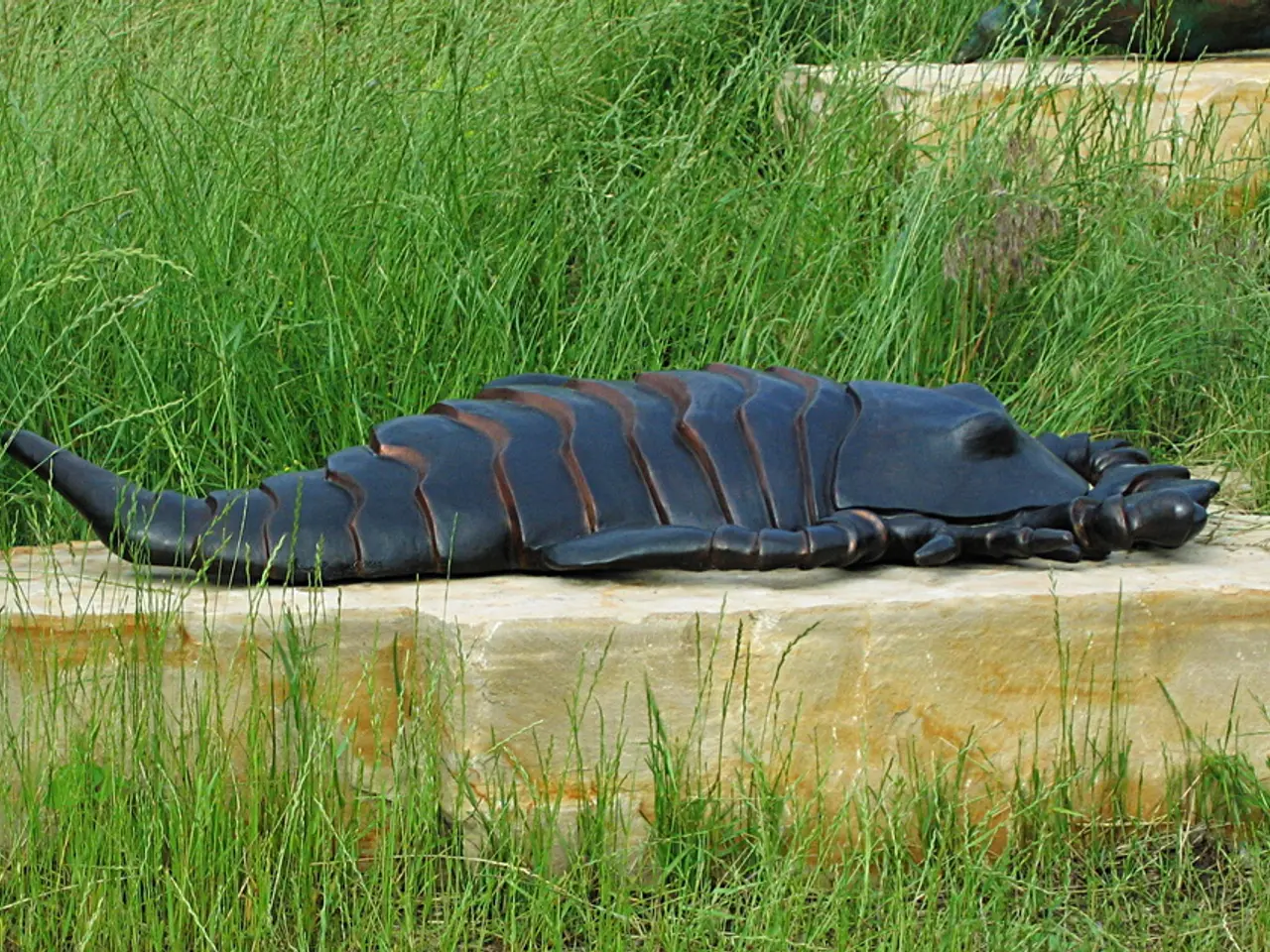Lawmakers in the House and Senate present contrasting blueprints for the 2026 federal budget.
The ongoing debate surrounding the funding for the F-35A fighters and the E-7 Wedgetail airborne early warning and control aircraft in the 2026 National Defense Authorization Bill (NDAA) has seen differing proposals from the House and Senate Armed Services Committees.
## F-35A Fighters
The Senate Armed Services Committee (SASC) has proposed authorizing 10 more F-35A fighter jets than the Pentagon's request of 24 for the Air Force. This suggests a total of 34 F-35A aircraft. On the other hand, the House Armed Services Committee (HASC) has not directly addressed the F-35A funding in its initial draft. However, some legislative proposals include funding for 42 F-35As as part of broader defense appropriations.
## E-7 Wedgetail Aircraft
The Senate version does not specifically address the E-7 program, and the Pentagon's budget zeroed out funding for it. In contrast, the HASC proposal includes an amendment to authorize an extra $600 million to continue work on the E-7 Wedgetail program. This keeps the program alive by stopping the Air Force from terminating it immediately, particularly regarding the rapid prototyping contract and allowing work on two prototypes under construction.
General Kevin P. Chilton, former Air Force Space Command and U.S. Strategic Command boss, has emphasised the need for both terrestrial and space-based capabilities. However, the Department of Defense argues that it can cut the E-7 aircraft and rely on space-based solutions. A group of retired Air Force generals, including six former Air Force chiefs of staff, have signed a letter urging Congress to fund 75 new F-35As and to restore E-7 funding.
In summary, the Senate version supports more F-35A fighters but does not address the E-7 program directly, while the House version prioritizes saving the E-7 program and does not specify additional F-35A funding. Both versions will need to be reconciled in conference before finalization. The ongoing discussions highlight the importance of these aircraft to the U.S. military and the role of Congress in shaping the nation's defence capabilities.
- The Senate Armed Services Committee has proposed a higher number of F-35A fighter jets in the 2026 National Defense Authorization Bill (NDAA) than the Pentagon's request, totalling 34 F-35A aircraft.
- The House Armed Services Committee has not directly addressed the funding for F-35A aircraft in its initial draft, but some legislative proposals include funding for 42 F-35As as part of broader defense appropriations.
- Concerning the E-7 Wedgetail airborne early warning and control aircraft, the Senate version does not specifically address the E-7 program, and the Pentagon's budget zeroed out funding for it. In contrast, the HASC proposal includes an amendment to authorize additional funds for the E-7 Wedgetail program.
- The ongoing debate in politics and policy-and-legislation over the funding for F-35A fighters and the E-7 Wedgetail aircraft in the 2026 NDAA is heavily influenced by general news, with retired Air Force generals urging Congress to fund more F-35As and to restore E-7 funding.
- In the space force domain, General Kevin P. Chilton emphasized the need for both terrestrial and space-based capabilities, but the Department of Defense argues that it can cut the E-7 aircraft and rely on space-based solutions.







